 Billie and Keith Johnston, my parents, as Li'l Abner and Daisy Mae, February 1947 (more pictures below)
Billie and Keith Johnston, my parents, as Li'l Abner and Daisy Mae, February 1947 (more pictures below)Ah ... a cursory check of my calendar finds Friday, February 29 "scheduled" this week. Leap Day/Leap Year (LD/LY) generally occurs every four years, but not always. Take my word for it ... there is a loooong, archaic, arcane formula used to determine just when LD/LY does or does NOT occur ... but I'd hate to lose anyone reading at the beginning of this rumination. The explanation made my eyes cross ... and I have always been partial to trivia and arcana. However, for those who may be skeptical of my assertion, I offer the following brief illustration of my point....
The Gregorian calendar in general use around the world (Rosh Hashanah, Chinese New Year and other solar/lunar/lunisolar measurements of time notwithstanding) was instituted by Pope Gregory XIII in a papal bull (or decree) on February 24, 1582 to revise the Julian calendar developed by Julius Caesar in 46 B.C.E. (Before Common Era, a/k/a B.C.). The new calendar added an extra day to Februarius in most years evenly divisible by four, except that years "which are divisible by 100 are not leap years, unless they are also divisible by 400, in which case they are leap years." See what I mean? Your eyes and attention should be drifting out of focus about now. So, let's forget the formula (sorry, Mr. Shaw) and just focus on the fun aspects of Leap Day and its kindred phenomenon, Sadie Hawkins Day.
The first thing which springs to mind in connection with LD/LY is the wistful contention by those born on that day that a birthday falling on February 29 technically makes a man or woman of 64 "only" 16 years old ... technically, I said. Reality, of course, as in many things in life, is the killjoy ... and the mirror unfortunately will disabuse any notions nurtured by a leapling (a Leap Day baby) that time has somehow magically stayed its depredations in deference to Pope Gregory.... (Note: The concept of a leapling birthday was used as a plot device by Gilbert and Sullivan in their operetta The Pirates of Penzance. But I digress....)
The more interesting tradition concerning February 29 is found in several Western cultures, including our own. For centuries, English Common Law, the basis of our American legal system, did not even recognize February 29 as a "legal" day, and for a time, contracts signed on that day were held to be invalid, while many crimes and infractions were not even prosecuted. In addition, a tradition sprang up in Celtic countries whereby on Leap Day, since the usual legal conventions were inoperable, women were granted the right and power to propose to men.
There is folklore positing that St. Patrick (whose own day is coming up fast) and/or Brigid of Kildare (whose day has already passed ... in more ways than one ... grin) began this practice in 5th Century Ireland, when Brigid complained about the injustice of restricting the right of proposal to men, and Patrick determined that to rectify this wrong, women would be allowed to propose every four years, on Leap Day.
One of the first written confirmations of the tradition dates to 1288, when Scotland enacted a law allowing a woman to propose to the man of her choice on February 29. Included in the law was a proviso that any male who declined such a proposal had to "pay" a fine, which could range from a kiss to the purchase of a new dress or some other mollifying gift for the lady. It is said that women who intended to propose were expected to wear a scarlet petticoat as a warning to those of the male persuasion whose paths she might cross.
Imogene Pannell, Sadie Hawkins Day 1961

In our own country, the "gift" of the power of proposal to women sometimes causes Leap Day to be confused with ... or at least linked to ... Sadie Hawkins Day, which made its debut in Al Capp's iconic comic strip Li'l Abner on November 13, 1937. Capp, who "birthed" Li'l Abner and his Dogpatch community in 1934, described Sadie as "the homeliest gal in all them hills." When Sadie remained unmarried and attained spinsterhood (oh the shame!!!) on her 35th birthday, her father Hekzebiah Hawkins, despairing that he would ever be rid of her, assembled Dogpatch bachelors and announced that when he fired his gun, they had best commence a'runnin'. When the gun was fired a second time, Sadie would begin chasing them, and the "lucky man" she caught would be required to marry her.

Shirley Neel, Sadie Hawkins Day 1961
Although it was not Capp's intention to make Sadie Hawkins Day an annual occurrence, his initial strip was so well received, and generated so much fan mail, that he followed this story line for years. And every year, if a Dogpatch femme sole (single woman) could manage to capture a single man, and then drag him back to the race's starting line before sundown, the couple was forthwith "hitched" by the preacher, Marryin' Sam, in one of his special $2 weddings, paid of course by the girl and/or her grateful parents.
Each year in the cartoon, the beautiful and voluptuous Daisy Mae Scragg doggedly and futilely pursued her true love, the title character Li'l Abner Yokum. And even though Daisy Mae never caught Li'l Abner, Abner did finally propose to Daisy Mae in 1952, in response to public sentiment. Their "wedding" became such a media event that the couple was featured on the cover of Life magazine. In 1953, Daisy Mae gave birth to their only child, Honest Abe, thus making a grandmother of the redoubtable, corncob pipe-smokin' moonshiner, Mammy Yokum.
Capp's colorful and imaginative characters took up residence in America's consciousness and the strip was a "must-read" for decades ... not only for its putative "backwoods" humor, but also as sly social commentary. Who could fail to empathize (if not directly identify) with poor old Joe Btfsplk, the down-on-his luck jinx who was always illustrated with a black cloud over his head? General Bullmoose was created by Capp in 1953 to reflect the quintessential cold-hearted, bottom-line fixated capitalist. Earthquake McGoon, the precursor of the wrestling craze in the early 1950s, made his first appearance in the strip in the 1930s.
Coach Joe Warren, Sadie Hawkins Day 1961 ... honored guest for the CHS Class of 1963 Reunion in Las Vegas
 Stupefyin' Jones, played by the truly stupefyin' Julie Newmar in the 1956 Broadway musical and subsequent 1959 movie Li'l Abner, was drawn (she never spoke) as being so gorgeous that she could (and did, frequently) freeze men in their tracks. Dogpatch's homegrown hero, Civil War General Jubilation T. Cornpone, was memorialized in a statue much visited (and decorated) by pigeons. The Indian Lonesome Polecat and his friend Hairless Joe brewed batch after batch of the stupefyin' Kickapoo Joy Juice. Moonbeam McSwine, beautiful but desperately in need of a Dial soap moment ("Aren't you glad you use Dial? Don't you wish everybody did?"), generally preferred the company of swine to men, and was possibly a proto-feminist (grin), although I doubt that such a concept ever entered Capp's mind. Senator Jack S. Phogbound was the smarmy, corrupt Southern politician. (Read or say "Jack S." quickly, run together, and you'll get an idea of what Capp was saying.)
Stupefyin' Jones, played by the truly stupefyin' Julie Newmar in the 1956 Broadway musical and subsequent 1959 movie Li'l Abner, was drawn (she never spoke) as being so gorgeous that she could (and did, frequently) freeze men in their tracks. Dogpatch's homegrown hero, Civil War General Jubilation T. Cornpone, was memorialized in a statue much visited (and decorated) by pigeons. The Indian Lonesome Polecat and his friend Hairless Joe brewed batch after batch of the stupefyin' Kickapoo Joy Juice. Moonbeam McSwine, beautiful but desperately in need of a Dial soap moment ("Aren't you glad you use Dial? Don't you wish everybody did?"), generally preferred the company of swine to men, and was possibly a proto-feminist (grin), although I doubt that such a concept ever entered Capp's mind. Senator Jack S. Phogbound was the smarmy, corrupt Southern politician. (Read or say "Jack S." quickly, run together, and you'll get an idea of what Capp was saying.)In 1948, the lovable, amorphous Schmoos, with their incredibly generous and helpful natures, became the largest mass marketing success of the era, as well as national and international sensations. Indeed, early in the Cold War, at the time of the Soviet blockade of Berlin and the answering Berlin Airlift by the U.S. and its allies (June 24, 1948 to May 11, 1949), Schmoos were attached to many of the air drops into the beleaguered city because of their worldwide recognition as figures of good intentions ... and because of their "usefullness" since a Schmoo could literally be anything you wanted or needed, including food, water and Kickapoo (or other) Joy Juice.
Darryl Morris, Sadie Hawkins Day 1961
 It is a testament to the popularity of Capp's cartoon strip that the idea of Sadie Hawkins Day caught on like the proverbial prairie fire in American culture, particularly in the South and Midwest, empowering prefeminist women once a year to ask a man to a Sadie Hawkins dance or on a date, if not to propose. In 1939, a mere two years after the first Sadie Hawkins strip, Life magazine reported that coeds were chasing boys on at least 201 college campuses, and the event soon became a popular annual occurrence in high schools across the country as well.
It is a testament to the popularity of Capp's cartoon strip that the idea of Sadie Hawkins Day caught on like the proverbial prairie fire in American culture, particularly in the South and Midwest, empowering prefeminist women once a year to ask a man to a Sadie Hawkins dance or on a date, if not to propose. In 1939, a mere two years after the first Sadie Hawkins strip, Life magazine reported that coeds were chasing boys on at least 201 college campuses, and the event soon became a popular annual occurrence in high schools across the country as well.James Claude Holton, Sadie Hawkins Day 1961

And so, the tradition passed to those of us at Childress High School during our incarceration ... uh, sojourn ... there. Indeed, our 1962 yearbook The Bobcat prominently featured photos of teachers and students alike in character for Sadie Hawkins Day, and we now share some of them with you. We hope you will enjoy (and comment on!!!) this latest stroll down memory lane.
And you unattached ladies out there ... put on that red petticoat and a comfortable pair of Reeboks ... and take your marks....
)O(



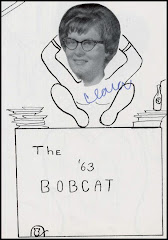



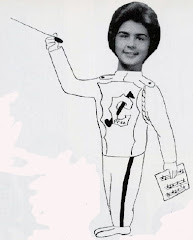


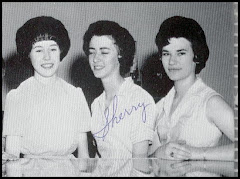

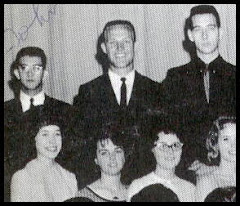


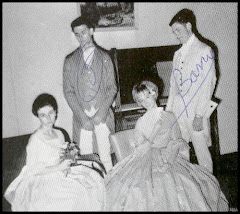

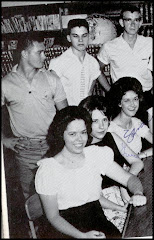
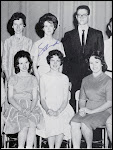
.jpg)
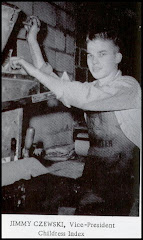
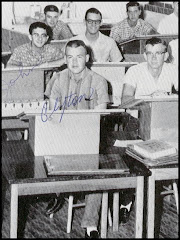
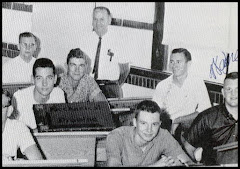


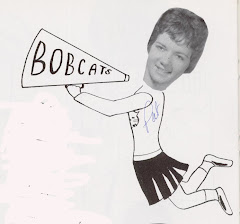
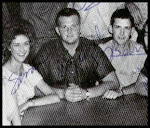
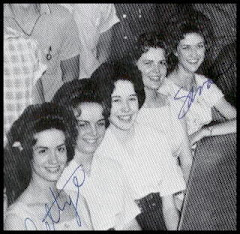
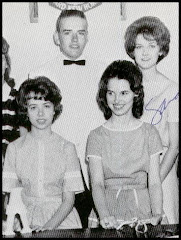


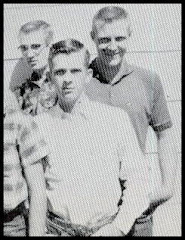

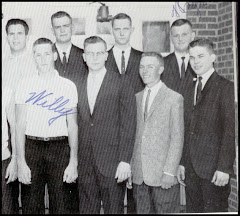

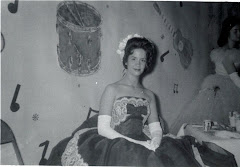
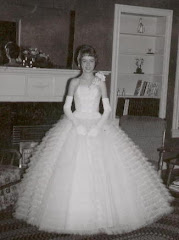

.jpg)
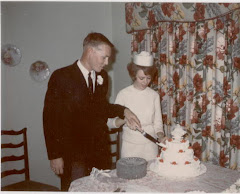

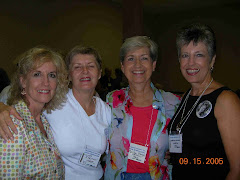

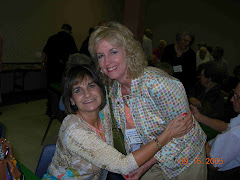
.jpg)



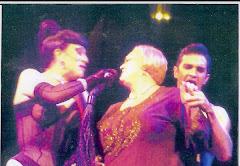
.jpg)
.jpg)
2 comments:
I read and enjoyed the information about Leap Day/Sadie Hawkins Day. I am making a special red petticoat just for that occasion! I already have a pair of Reboks with red matching laces for the chase. Still not sure what I want to catch and that is a potential problem! LOL... I also enjoyed the pictures. It is so good to go back and see our friends.
I suppose that it's a sign of my own "geekhood" but I only had a few idols growing up. Somewhere at the top along with Frank Lloyd Wright and Walt Disney was Al Capp. I literally learned to draw the human figure (admittedly a somewhat idealized human figure) by drawing Li'l Abner and Daisy Mae over and over again. Others came and went over the years. As I learned more about these men's personal lives I discovered that, like all of us, they had feet of clay. Nonetheless, Wright, Disney, and Capp all hold a certain warm place in my memories along with days on the beach growing up in Galveston, swimming in the Frio River in Garner State Park, and playing in a stream deep in the woods outside La Grange on my Grandmother's farm.
Post a Comment